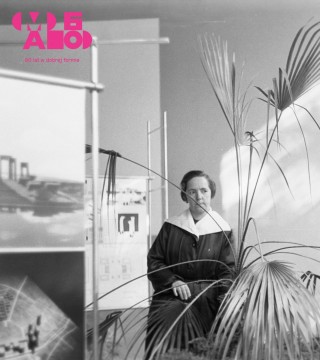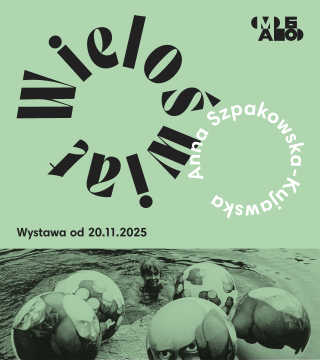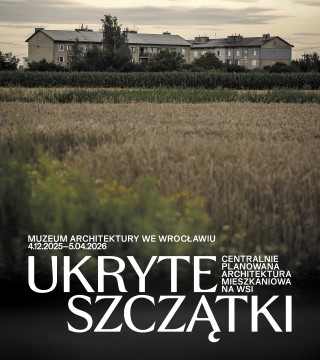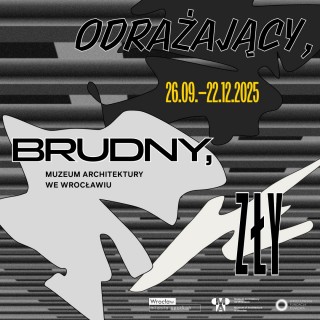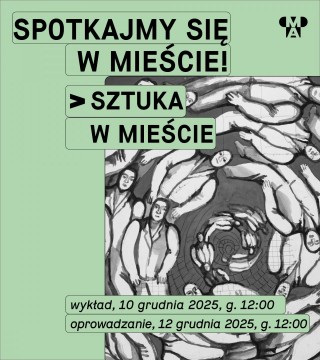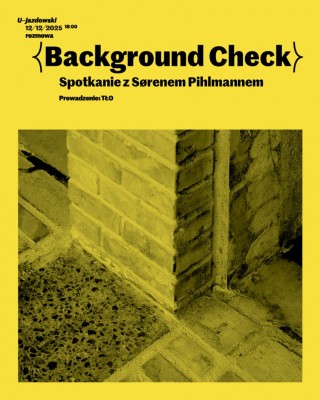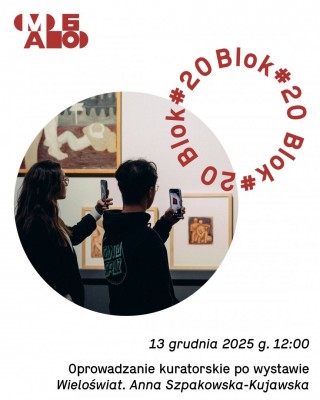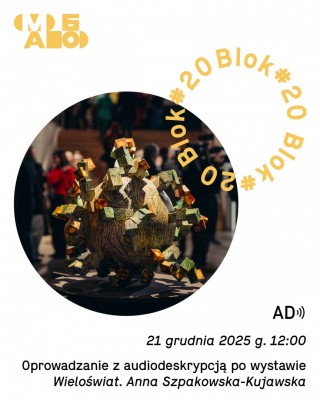60 years of Museum of Architecture in Wrocław!
Current events
May 6th, 2025
On May 6, 1965, the first visitors crossed the doors of the newly established Museum of Architecture in Wrocław. We are beginning the 60th anniversary of the only architecture museum in Poland!
